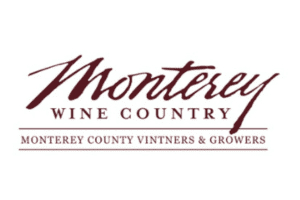David Williams joins winemaker Michel Friou for a tasting of nine vintages of Almaviva.
In the latter part of the 20th century, the arrival of a high-profile fine-wine joint venture between a local winery and a star outsider became something of a rite of passage in many New World regions. The benefits of these partnerships seemed straightforward enough for both sides at the time: The local producer got to import the glamour, cachet, and expertise of an established Old World (or Napa) name in a single, attention-grabbing package, while the incomers got a VIP entrée to a booming region, spreading the risk that came with developing a new project in a land they knew little about, and getting a fast track to local knowledge, logistics, vineyards, and contacts in the process.
For all the talent and experience of the companies and individuals involved, the success of these marriages of convenience was by no means assured. Personality and culture clashes put paid to more than a few; all too often the JV swiftly became merely a V, with one partner buying out the other after a handful of vintages of increasingly tetchy cohabitation. Even when all was well behind the scenes, many struggled to get the public tone right, with a certain arrogance or unearned entitlement spilling over into what were generally ambitious prices from the first releases—
prices that alienated potential consumers and antagonized more established local producers in one overconfident step.
Reading some of the US and British
This Article was originally published on World of Fine Wine






